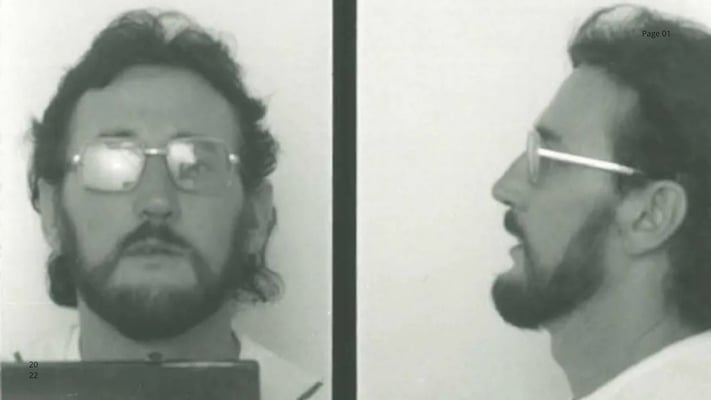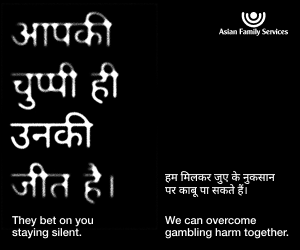1985 Prison Killing Evidence Questioned

An ambulance officer who attended the 1985 Mt Eden Prison murder of inmate Darcy Te Hira has cast doubt on key Crown evidence linking the convicted man to the murder weapon. Reported by RNZ
Speaking publicly for the first time on the RNZ podcast Nark, ambulance officer Robert Ogier said he saw the wooden paddle used to kill Te Hira lying on the ground in two pieces when he arrived at the scene — contradicting testimony that the accused had taken it with him.
Ogier recalled responding to the emergency call on January 6, 1985, alongside colleague Bruce Alwyn. Upon entering the prison kitchen, they found Te Hira fitting on the floor near large pots of porridge — and a broken paddle just over a metre away.
"There was a broken stick — looked like an oar — lying between the patient and the pot," Ogier said. "I thought he’d been whacked on the head, obviously."
The paddle, used by inmates for cooking, was about 1.4 metres long. Ogier, who previously served as a police officer, insists the weapon was still in the kitchen when he arrived.
His account conflicts with the testimony of the Crown’s key witness, a prisoner known as “Ernie”, who told the court he saw Ross Appelgren strike Te Hira and leave the room carrying the main part of the paddle. Ernie claimed Appelgren later confessed to the killing and disposed of the weapon after boiling it to remove evidence.
Appelgren, who maintained his innocence until his death in 2013, was convicted twice of Te Hira’s murder. His widow, Julie Appelgren, is now appealing to the Court of Appeal to reopen the case — arguing her husband was wrongly convicted and unable to fight his case earlier due to ill health and lack of funds.
Ogier’s statement may prove crucial, as it challenges the central piece of evidence that placed the weapon in Appelgren’s hands.
Investigator Tim McKinnel, who's part of Appelgren's legal team, says Ogier is a "neutral, independent witness" and is further evidence "that Ernie's account of what he saw, particularly in relation to the supposed weapon, isn't true".
Appelgren's lawyer Kerry Cook says this evidence will be helpful when the case goes before the Court of Appeal, "to undermine Ernie's credibility".
RNZ sent a long list of questions about the case to the Police and Crown Law, which oversees prosecutions in New Zealand. Both declined to comment because the case was going back to the Court of Appeal.
An ambulance officer who attended the 1985 Mt Eden Prison murder of inmate Darcy Te Hira has cast doubt on key Crown evidence linking the convicted man to the murder weapon. Reported by RNZ
Speaking publicly for the first time on the RNZ podcast Nark, ambulance officer Robert Ogier said he saw the...
An ambulance officer who attended the 1985 Mt Eden Prison murder of inmate Darcy Te Hira has cast doubt on key Crown evidence linking the convicted man to the murder weapon. Reported by RNZ
Speaking publicly for the first time on the RNZ podcast Nark, ambulance officer Robert Ogier said he saw the wooden paddle used to kill Te Hira lying on the ground in two pieces when he arrived at the scene — contradicting testimony that the accused had taken it with him.
Ogier recalled responding to the emergency call on January 6, 1985, alongside colleague Bruce Alwyn. Upon entering the prison kitchen, they found Te Hira fitting on the floor near large pots of porridge — and a broken paddle just over a metre away.
"There was a broken stick — looked like an oar — lying between the patient and the pot," Ogier said. "I thought he’d been whacked on the head, obviously."
The paddle, used by inmates for cooking, was about 1.4 metres long. Ogier, who previously served as a police officer, insists the weapon was still in the kitchen when he arrived.
His account conflicts with the testimony of the Crown’s key witness, a prisoner known as “Ernie”, who told the court he saw Ross Appelgren strike Te Hira and leave the room carrying the main part of the paddle. Ernie claimed Appelgren later confessed to the killing and disposed of the weapon after boiling it to remove evidence.
Appelgren, who maintained his innocence until his death in 2013, was convicted twice of Te Hira’s murder. His widow, Julie Appelgren, is now appealing to the Court of Appeal to reopen the case — arguing her husband was wrongly convicted and unable to fight his case earlier due to ill health and lack of funds.
Ogier’s statement may prove crucial, as it challenges the central piece of evidence that placed the weapon in Appelgren’s hands.
Investigator Tim McKinnel, who's part of Appelgren's legal team, says Ogier is a "neutral, independent witness" and is further evidence "that Ernie's account of what he saw, particularly in relation to the supposed weapon, isn't true".
Appelgren's lawyer Kerry Cook says this evidence will be helpful when the case goes before the Court of Appeal, "to undermine Ernie's credibility".
RNZ sent a long list of questions about the case to the Police and Crown Law, which oversees prosecutions in New Zealand. Both declined to comment because the case was going back to the Court of Appeal.










Leave a Comment